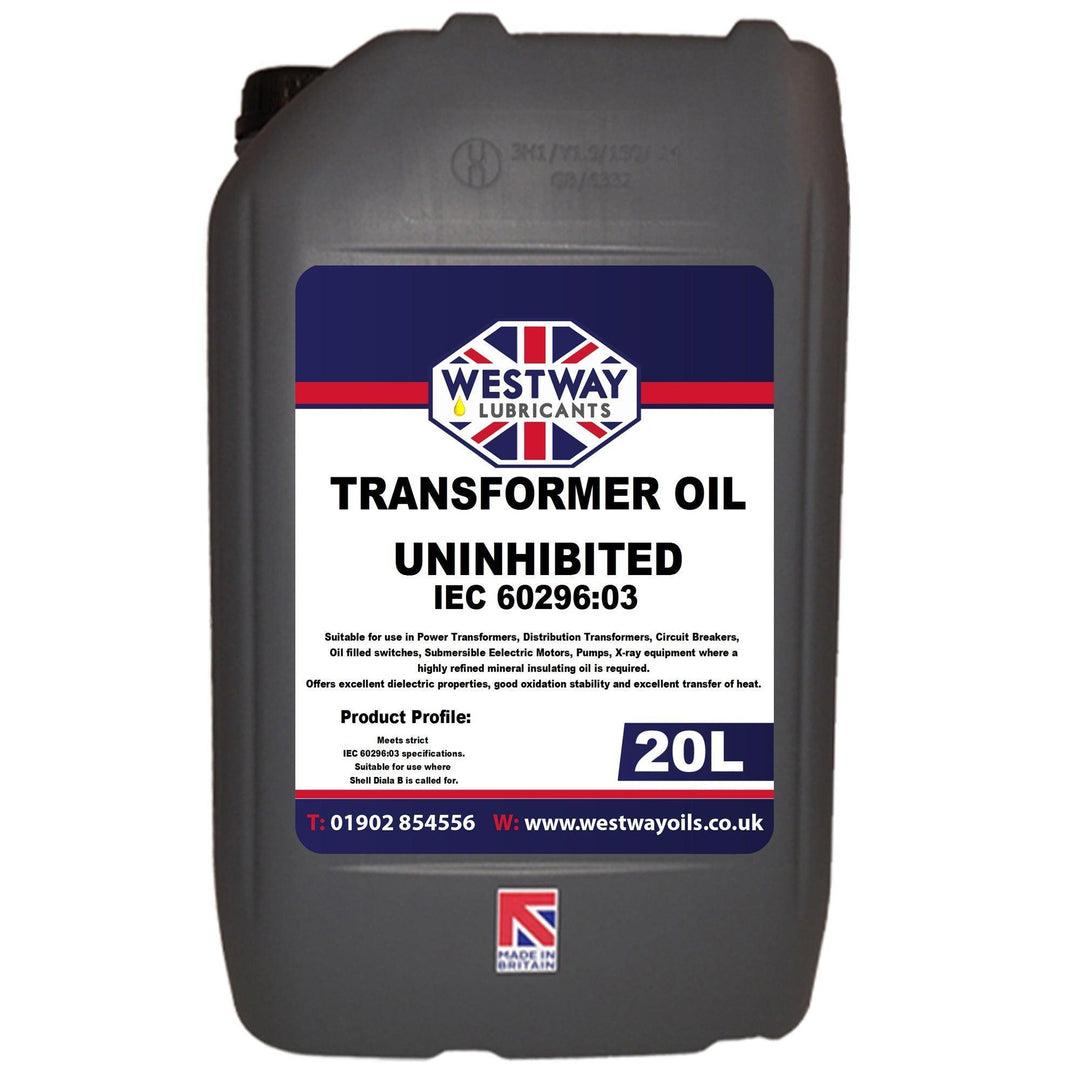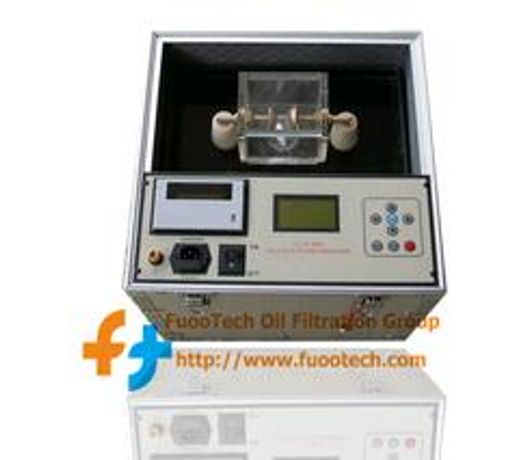Dielectric Transformer Oil: Trick to Lengthening Transformer Life Expectancy and Security
Comprehending Dielectric Transformer Oil: Vital Benefits and Uses
Dielectric transformer oil functions as a critical element in the procedure of electrical transformers and high-voltage tools, functioning primarily as a shielding medium. Its one-of-a-kind homes, consisting of high dielectric stamina and superior thermal conductivity, not only boost safety however likewise enhance performance in different applications. Recognizing these characteristics is necessary for industry experts looking for to optimize transformer performance and long life. As we discover the several advantages and uses dielectric transformer oil, one should think about exactly how its function affects not just tools integrity, but likewise more comprehensive operational considerations.
What Is Dielectric Transformer Oil?
Dielectric transformer oil is a customized insulating liquid used in electric transformers and various other high-voltage electrical devices. Unlike traditional oils, dielectric oil is especially created to have high dielectric strength, which allows it to stand up to substantial electric anxiety without conducting electrical energy.
Generally originated from mineral oil or artificial sources, dielectric transformer oil meets rigid market requirements for purity and performance. Its chemical composition is meticulously made to reduce the threat of oxidation and destruction over time, which is vital for keeping the oil's insulating homes.
In addition to its protecting features, dielectric transformer oil offers as a coolant, moving and absorbing warm produced by electric parts throughout procedure. Generally, dielectric transformer oil is an essential part in the reliable and secure procedure of electric facilities.

Trick Advantages of Dielectric Oil
While dielectric transformer oil offers essential functions in electrical systems, its advantages extend past mere insulation and air conditioning. Among the key benefits of dielectric oil is its high dielectric stamina, which effectively protects against electric breakdown, making sure the secure operation of transformers and various other high-voltage equipment. This property is critical in keeping the dependability and durability of electric systems.
Furthermore, dielectric oil has excellent thermal conductivity, allowing for effective warmth dissipation. This feature decreases the risk of overheating, thus prolonging the lifespan of transformers and minimizing upkeep costs. The oil's chemical security and resistance to oxidation add to its resilience, guaranteeing regular performance over time.
Another considerable advantage is its ability to reduce arcing and corona discharge, which can damage electrical elements. By providing a secure medium for electric power transfer, dielectric oil enhances operational security.

Applications of Dielectric Transformer Oil
Dielectric transformer oil plays an essential role in various applications within the electric sector, mainly because of its distinct shielding and cooling residential or commercial properties. One of its main uses is in power transformers, where it offers to protect internal parts and promote warmth dissipation. This is vital in maintaining functional effectiveness and durability.
Along with power transformers, dielectric oil is likewise used in circulation transformers, making sure reliable and safe power circulation. Its high dielectric toughness protects against electric discharges, consequently minimizing the danger of failings and improving system reliability. Dielectric transformer oil is utilized in reactors and capacitor financial institutions, where it executes similar functions, shielding delicate devices from electrical failure.

Maintenance Factors To Consider
Correct upkeep of dielectric transformer oil is necessary to make sure ideal performance and long life of electric devices. Regular monitoring of the oil's chemical and physical buildings is critical to spot any kind of deterioration that might impair the insulation and cooling abilities. Key parameters to assess consist of wetness content, level of acidity, and dielectric stamina.
Periodic tasting and lab analysis can recognize the existence of impurities such as liquified gases, particulates, and oxidation byproducts. These evaluations help in establishing the oil's problem and whether it requires therapy or replacement. Filtering systems can be employed to get rid of particulates and moisture from the oil, recovering its insulating properties and prolonging its lifespan.
Furthermore, maintaining appropriate operating temperature levels is vital; excessive warm can increase oil destruction (waste transformer oil). Executing temperature level monitoring systems can assist in identifying overheating problems early
Ecological Impact and Security
In analyzing the ecological influence and safety and security of dielectric transformer oil, it is essential to think about both its structure and prospective risks. Usually obtained from mineral or synthetic sources, dielectric oils can vary significantly in their environmental impact.
Security issues mainly focus on flammability and toxicity. Dielectric oils can be combustible, demanding correct storage space and managing procedures to reduce fire hazards. Furthermore, certain ingredients utilized in transformer oils may introduce toxicological threats, highlighting the relevance of choosing oils with beneficial safety accounts.
Regulative compliance is additionally vital (waste transformer oil). Abiding by environmental laws and safety and security requirements makes you could try these out certain that using dielectric transformer oils reduces negative influence on human health and the ecosystem. Finally, understanding the ecological implications and safety and security procedures connected with dielectric transformer oils is necessary for responsible use in electrical applications
Final Thought
In summary, dielectric transformer oil functions as a crucial element in enhancing the security and performance of electrical transformers and high-voltage devices. Its high dielectric strength and exceptional thermal conductivity provide vital advantages, including efficient insulation and air conditioning. The diverse applications of this specialized oil, combined with recurring maintenance and tracking, make certain optimal efficiency and long life of electrical systems. Consideration of ecological influence and safety additional highlights the relevance of dielectric transformer oil in modern electrical facilities.
Dielectric transformer oil offers as a crucial component in the operation of electrical transformers and high-voltage you could try here equipment, functioning mainly as a protecting medium. Dielectric transformer oil is a specific protecting liquid utilized in electric transformers and other high-voltage electrical devices. Unlike traditional oils, dielectric oil is particularly developed to possess high dielectric strength, which enables it to click here to read withstand significant electrical stress without conducting electricity.
One of the key benefits of dielectric oil is its high dielectric toughness, which effectively protects against electric malfunction, making sure the risk-free operation of transformers and other high-voltage tools.In recap, dielectric transformer oil offers as an important component in enhancing the safety and security and performance of electrical transformers and high-voltage equipment.